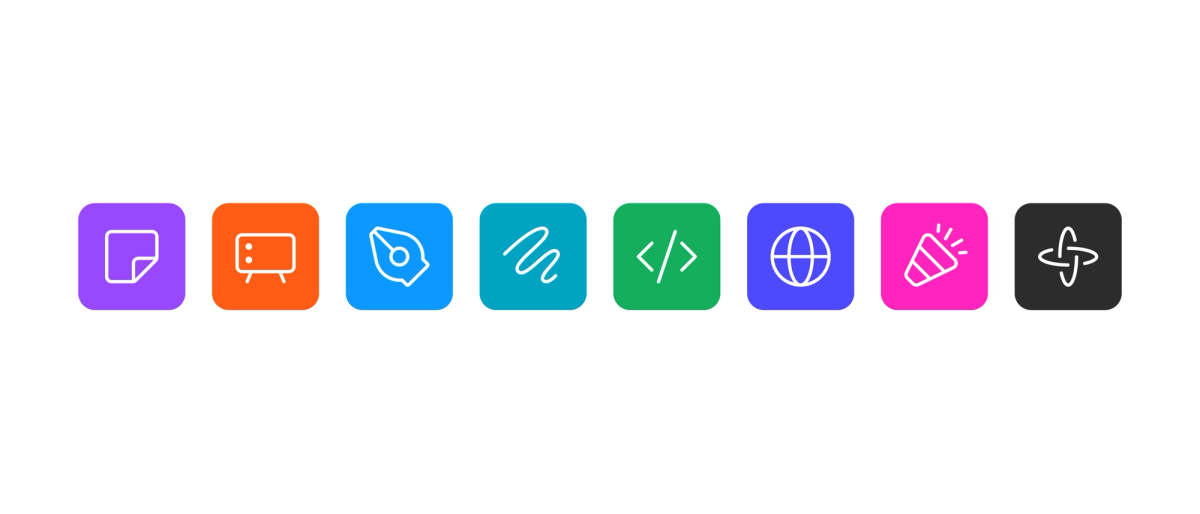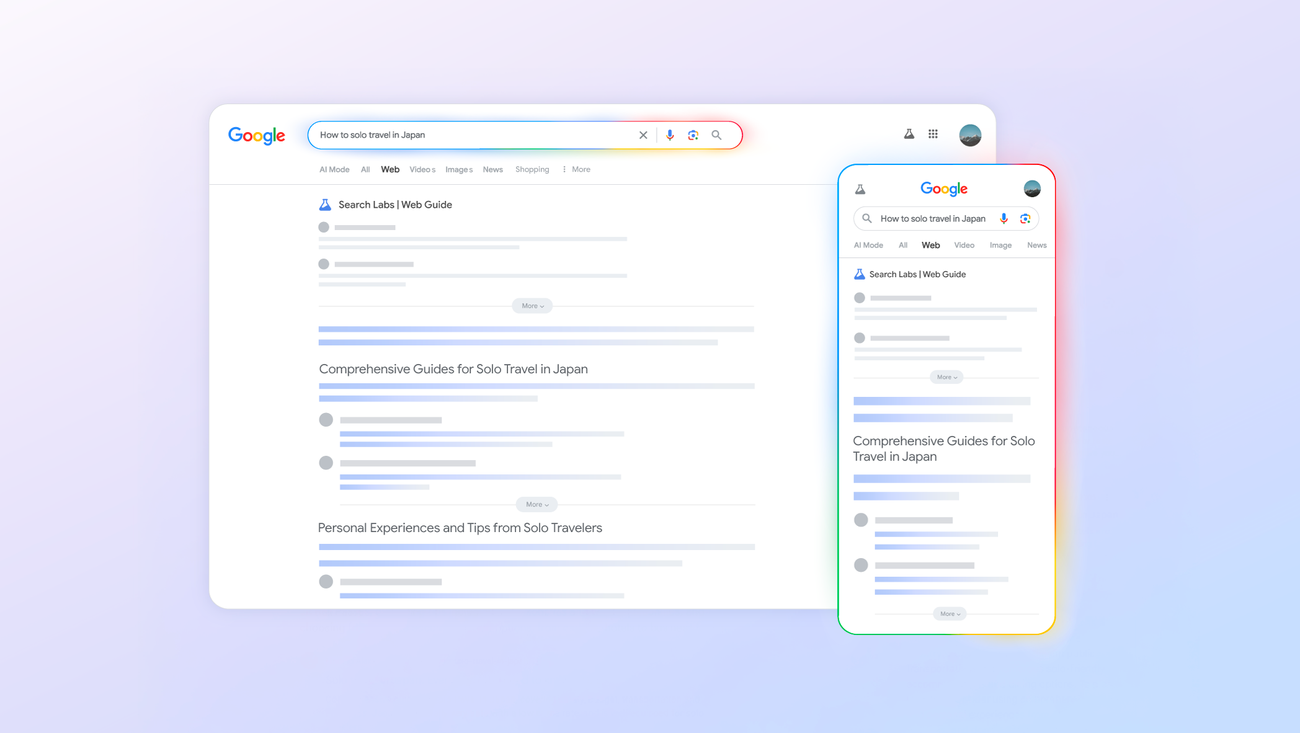- Product & Design Pulse
- Posts
- Product & Design Pulse v50
Product & Design Pulse v50
AI in Everything 🤖
Welcome to this week’s edition of Product & Design Pulse, where we explore the latest in tech, product, design, and innovation! Pew Research revealed that AI summaries in Google search results are significantly reducing user clicks on traditional links—up to 45%—raising alarm bells for publishers. SoftBank is reportedly eyeing an investment in OpenAI as it revamps its AI strategy, while Meta unveiled an experimental wristband that interprets neural signals for controlling computers. Mirage’s 2025 deepfake report warns of skyrocketing synthetic content, with political and commercial misuse on the rise despite improved detection tools. On the product front, Proton introduced Lumo for private AI chats, GitHub launched Spark for Copilot Pro+ users, and Figma’s AI-powered Make tool became widely available. Plus, Comcast debuted its StreamStore hub, Google Photos now lets you remix pictures into videos, and more!
🎧 Audio Overview [BETA]
For those who don’t have time to read 😁
Last week…
Google Users Are Less Likely to Click on Links When an AI Summary Appears
A new Pew Research study shows that when AI-generated summaries appear in Google search results, users are significantly less likely to click on traditional links. The presence of these summaries reduces outbound clicks by up to 45%, raising concerns for publishers reliant on search-driven traffic. The findings highlight the disruptive impact of AI on the web’s core business models.
SoftBank Considers Investment in OpenAI as It Reboots AI Strategy
SoftBank is reportedly exploring a significant investment in OpenAI as part of its effort to reinvigorate its AI portfolio. The move would signal a major shift after previous missteps with AI startups, and could align with OpenAI’s push to expand its hardware ambitions. Talks are ongoing, and the structure or size of a potential deal has not yet been finalized.
Meta’s AI Wristband Brings Brain-Like Interface Closer to Reality
Meta is developing a wearable wristband that reads nerve signals to control computers, based on work by neuroscientist Thomas Reardon. The device aims to translate subtle movements and muscle signals into digital commands, paving the way for intuitive, non-verbal interfaces. The project is part of Meta’s broader investment in futuristic hardware and human-AI interaction.
According to Mirage’s annual report, deepfake content creation surged in 2025, with over 100 million AI-generated videos produced globally. While entertainment remains the largest category, the study notes a sharp rise in political and commercial misuse, including scams and misinformation. Tools to detect and watermark synthetic content are improving, but the arms race continues.












